What's wrong with female serial killers?

From Mindhunter to Dexter, The Fall to Hannibal, the vast majority of the most-watched and best-loved TV shows about multiple murderers all share one similarity: the offenders are male.
And while we do see female serial killers on our screens – Killing Eve's Villanelle, Game of Thrones' Arya Stark and Luther's Alice Morgan to name three prominent examples – they are exceptions to the rule. And even then, they display traits that a criminologist would characterise as typically male, employing aggressive, physical and brazen tactics.
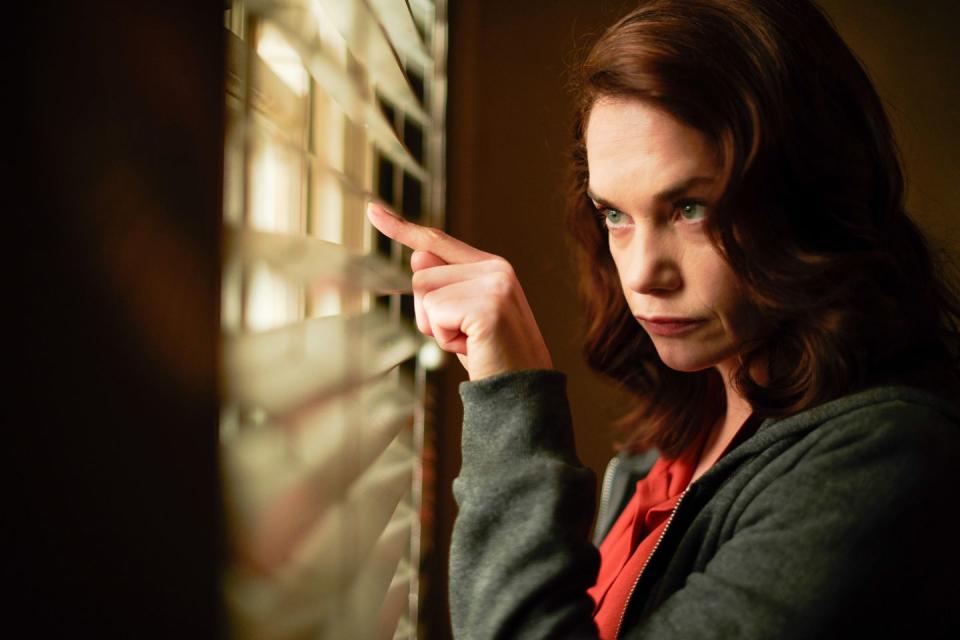
Chartered psychologist and author of Defining You, Fiona Murden, confirms that observation to Digital Spy: "What the research says is women who do kill get away with it for twice as long.
"Male serial killers tend to make a drama out of it, but women serial killers are very much under the radar. Poison is the most common [method of killing]."
Smothering, it seems, is also more popular among female serial killers.
"They [women] are much less likely to stab or shoot or bludgeon someone to death," adds Sarah Niblock, Chief Executive of the UK Council for Psychotherapists, who has an extensive psychoanalytical background in pop culture. "Smothering is quieter."
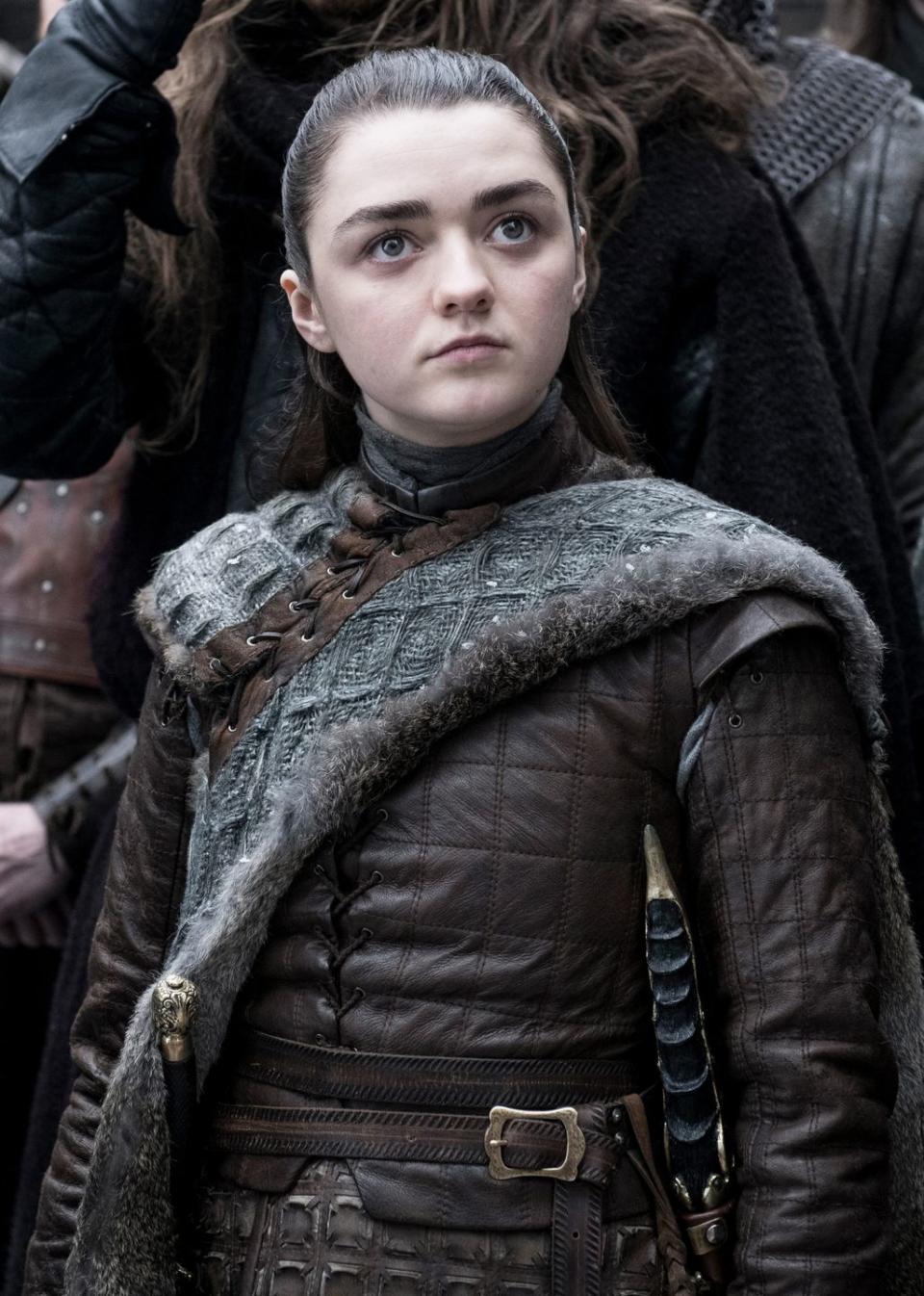
So how come there is less interest around women who kill multiple times when it comes to entertainment, particularly when there are many true-crime series out there focussing on real-life female serial killers?
And why, when TV does feature characters like Villanelle, do they adopt methods and traits that are typically male?
"Women do engage in horrific acts of violence," says Niblock. But while "it does seem strange that the representation within mainstream media tends to be mostly men", there are deep-rooted "cultural and social reasons" for that.
"Women are traditionally perceived in society as being nurturing caregivers," she says.
"It's a fundamental role, which we know isn’t the case for everyone. But as mothers and life-givers, that's how women are perceived. So the notion of a woman as a predatory life-taker is one that's very, very difficult to envision."

Murden echoes that sentiment.
"Society doesn't like to think of women like that," she told Digital Spy. "We like to think of women in nurturing, caring roles and it makes us uncomfortable seeing women as serial killers. It makes us feel uncomfortable because everyone's got a mother, and you don’t like thinking of mum in that role."
Watching a mother kill her own children or harm people she is intimately connected to is significantly more difficult to digest than the actions of Dexter, for example.
"It creates a more complex emotional response in us than if it's just someone being violent [to a stranger]," says Murden. "That's horrible, we don't like it, but we can move on from it quite quickly because it's a clean act. From an emotional perspective, it's straightforward.
"But the complexity involved in female killing will probably create a greater level of emotional discomfort in the viewer."
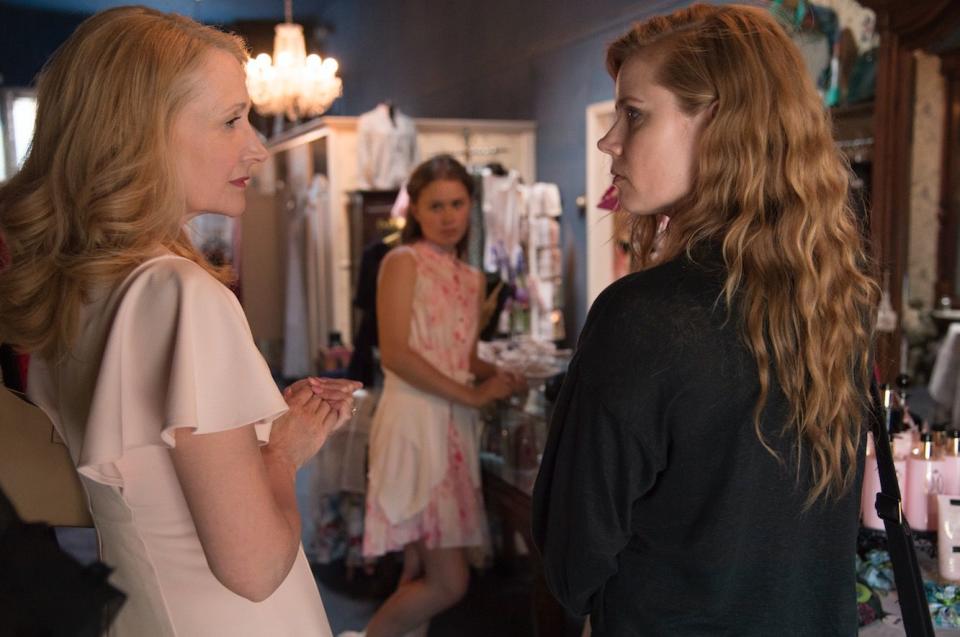
It's not enough simply to feature female serial killers if our entertainment is to represent a plausible reality. (We repeat – check out the true-crime channels if you don't think they exist.) Creatives need to make sure that they're getting it right.
"[Female crime] should be presented in a female way, otherwise we're playing into stereotypes again," Murden says.
"It's a bit like saying in an organisation that women bosses should behave like men, which we've seen is not the way it should go. Women should be women and they should behave as women, so I would say let's get it accurate if we're going to do it."
The stereotypes that Murden discusses, according to Niblock, even when showcasing women who kill, can still have negative ramifications: "Female serial killers as depicted are driven by raw emotions that they somehow cannot control. There is something wrong with them, something that has pushed them over the edge."
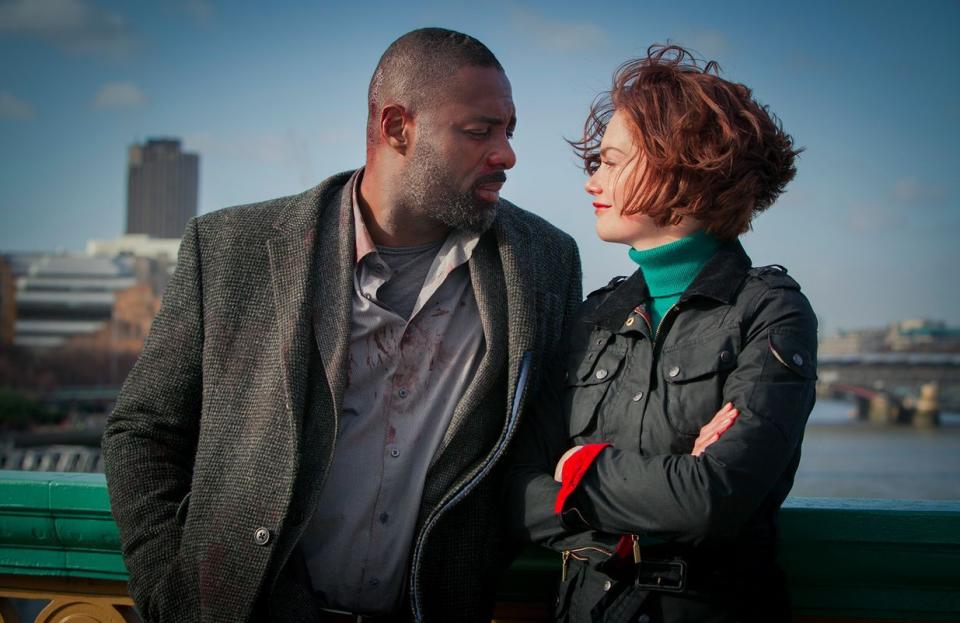
Significant strides have been made in terms of more robust female representation on-screen, but there is still so much more work to be done, particularly in this area, when you consider that so often, females are the victims.
"I think it boils down to a problem with representing female agency – the idea of a woman being an author of her own actions and behaviour and being in control," says Niblock.
"It's dangerous when you see the fetishisation of the killing of women. When you see female victims of serial killers, they tend to be somehow complicit in their own demise and that can be very problematic.
"But when Kill Bill came out, there was a hugely positive reaction on the part of women who felt these were women who were showing autonomy."
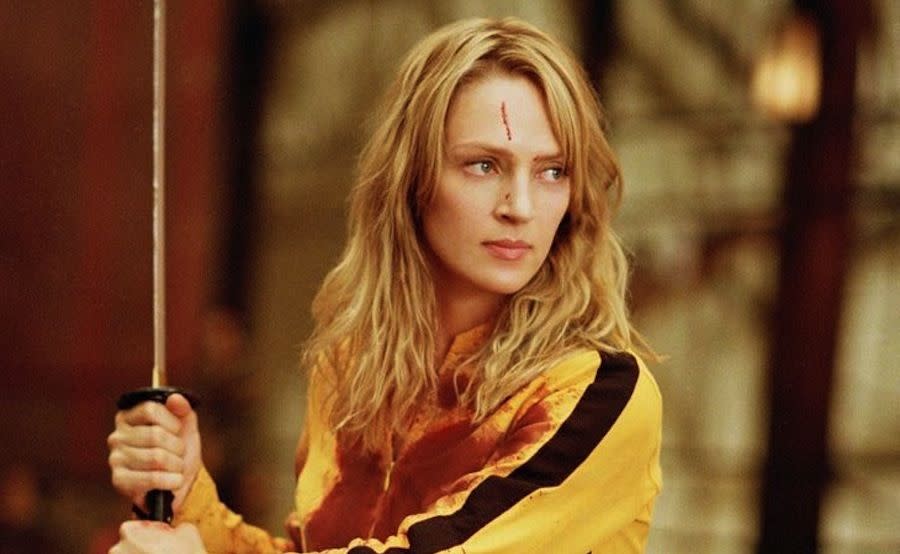
But if someone does want to build a TV series around a female serial killer, there is limited information available, certainly compared to their male counterparts. As a result, it is much more challenging to construct a totally accurate portrayal.
"For example with Dexter, they probably did a huge amount of research into criminology. But there isn't a lot of research in criminology about women. It's concentrated on male behaviour," says Murden.
She continues: "So from that simple perspective, if someone wants to cast a female, there isn't the data on which to draw. They can't delve into criminology and criminal psychology and say, 'This is the sort of person'. There is a little bit, but not a lot."
It's that which she believes "shows a lack of interest in women".

TV is the perfect habitat to explore varied stories and voices, whether that's featuring more people of colour, understanding the many nuances of sex and gender, or giving women more space, even if it's in an arena as disturbing as cold-blooded murder.
"TV and film offer us an interesting and potentially very safe space to negotiate everyday emotions," says Niblock. "What we should see on screen is the representation of an active female alternative to the stereotype... It jolts us, particularly for male viewers, and takes us out of our comfort zone."
But how to get it right and make it pop on screen?
There's no denying that driving a hairpin into someone's neck, as Alice does in Luther, makes more explosive viewing than the statistical realities.
"Women are quieter killers and more likely to target family or children under their care, or people who they already have a relationship with," says Niblock. "That’s perhaps not as exciting on screen. That's a lot more psychological and not as dramatic."
Unlike the myriad male serial killers who stalk their victims in Luther, followed by a gruesome, attention-grabbing "pay-off" when the victim finds themselves tangled in the spider's web, a slow burn could fall flat if not handled correctly.
But in our ever-growing and varied TV landscape, there is room for both. At a time when streaming sites such as Netflix, Amazon and Hulu are vying for our attention alongside traditional broadcasters, there should be a seat at the table for everyone.
Want up-to-the-minute entertainment news and features? Just hit 'Like' on our Digital Spy Facebook page and 'Follow' on our @digitalspy Instagram and Twitter account.
('You Might Also Like',)

 Yahoo News
Yahoo News 
